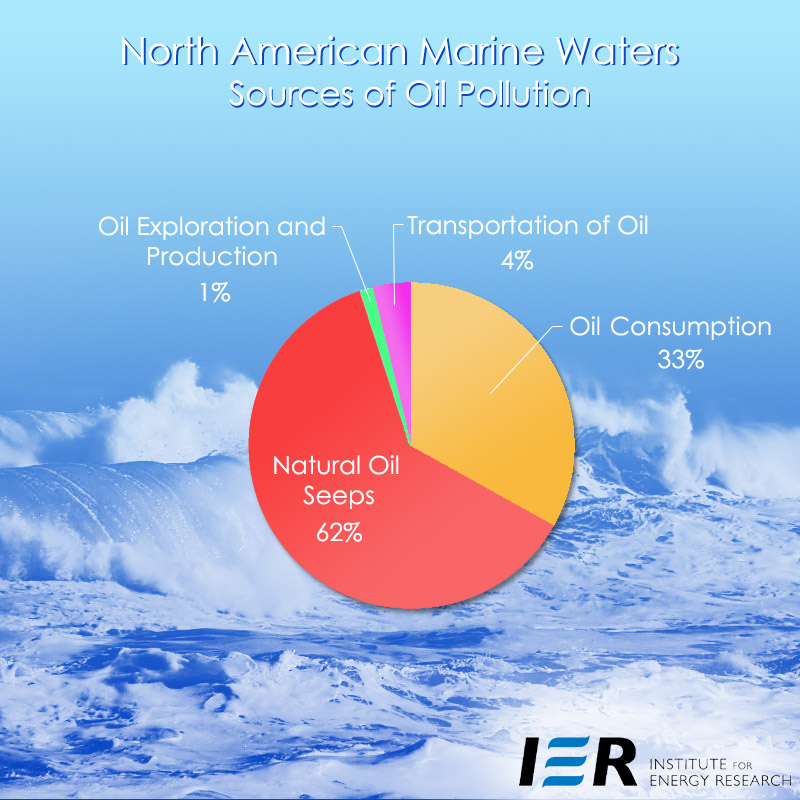In the wake of Hurricane Ike, the Associated Press conducted an investigation of Ike’s environmental toll. The AP reported:
The AP’s analysis found that, by far, the most common contaminant left in Ike’s wake was crude oil — the lifeblood and main industry of both Texas and Louisiana. In the week of reports analyzed, enough crude oil was spilled nearly to fill an Olympic-sized swimming pool, and more could be released, officials said, as platforms and pipelines were turned back on.
The Minerals Management Service, which oversees oil production in federal waters offshore, said the storm destroyed at least 52 oil platforms of roughly 3,800 in the Gulf of Mexico. Thirty-two more were severely damaged. But there was only one confirmed report of an oil spill — a leak of 8,400 gallons that officials said left no trace because it dissipated with the winds and currents.
The release of 500,000 gallons of crude, about the size of an Olympic swimming pool, implies that we still have work to do to improve our environmental control technologies. Some call a total release of 500,000 gallons of crude oil a “massive oil spill.” Others say this “highlights the environmental risk in offshore oil.” Let’s put these statements in perspective.
Oil is usually denominated in barrels, not gallons. There are 42 gallons in a barrel, so 500,000 gallons of oil is about 12,000 barrels. A spill of 12,000 barrels would not get nearly as much press as a spill of 500,000 gallons.
Hurricane Ike caused many small oil spills, not a single spill of 12,000 barrels of oil. As the Minerals Management Service (MMS) notes, the largest spill, “a leak of 8,400 gallons . . . left no trace because it dissipated with the winds and currents.” This is an important point about oil spills—nature dissipates small spills.
The environmental performance of the offshore oil and gas industry dealing with Hurricane Ike is impressive. The storm destroyed 52 oil platforms and severely damaged 32 others, but according to the MMS as reported by AP, there was only one confirmed offshore oil spill of 8,400 gallons (200 barrels). The other spills came from onshore facilities, platform storage tanks, and pipeline sections.
Oil Spills Compared to Natural Oil Seeps
We should continue to work to improve our environmental protection, but it is important to put these oil spills in perspective to the oil Mother Nature and other sources leak into the oceans.
- According to the U.S. Department of Interior, offshore operators produced 7 billion barrels of oil from 1985 to 2001 with a spill rate of only .001% .
- Less than 1 percent of all oil found in the marine environment comes from offshore oil and gas development. According to the National Academy of Sciences, the majority—62 percent—is the result of natural seeps through the ocean floor.
- Natural seepage of crude oil from geologic formations below the seafloor is estimated to exceed 47,000,000 gallons in North American waters and 180,000,000 gallons globally every year.
- Natural oil seeps are responsible for over 60 percent of the petroleum entering North American waters, and over 45 percent of the petroleum entering the marine environment worldwide.
- Petroleum contamination from oil seeps in North American waters is about 60 times greater than the amount released through oil exploration and production.
For more information about oil click here.
